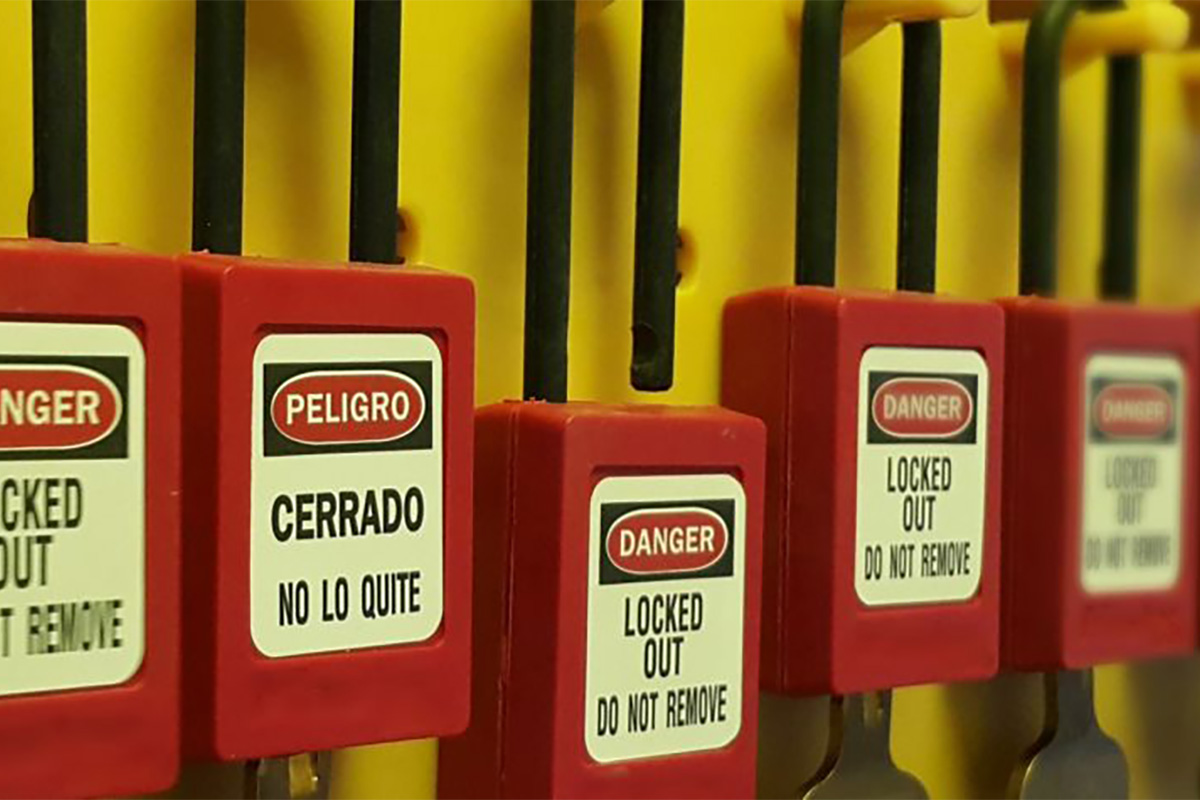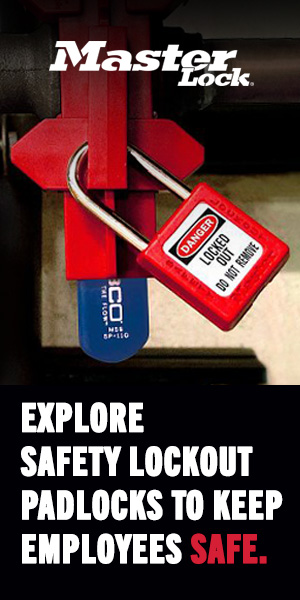

Types of Lockout Tagout Padlocks
By Grainger Editorial Staff 6/30/19


Padlocks can help improve workplace safety by controlling access to energized areas of the plant, warehouse or factory
Padlocks are an important part of a firm’s industrial safety measures—particularly in areas where energized electrical equipment is present and the threat of arc flash accidents is prevalent. Padlocks allow safety supervisors to lock out specific pieces of machinery, equipment or entire areas where repairs or preventive maintenance efforts are taking place.
Selecting the Right Lockout Padlock
For controlling hazardous energies, not just any lock will do. OSHA and the National Fire Protection Association (NFPA) have outlined a number of requirements for these devices. According to OSHA, lockout padlocks must be:
- Durable—Manufactured with materials that withstand usage environment
- Substantial—Cannot be removed without considerable force
- Standardized—Clearly differentiated from other devices by color, shape or size
- Identifiable—Indicates the authorized employee that applied the device
- Exclusive for safety—Not to be used for purposes other than controlling energy
NFPA's requirements are similar:
After these basic requirements are met, there are many other factors to consider, including padlock style, keying system and more.
For information, see our guide to types of padlocks and padlock construction materials.
For more information on OSHA’s control of hazardous energy and lockout/tagout standard see: 29 Code of Federal Regulations (CFR) 1910.147
For more information on NFPA requirements see: NFPA 70E-2018 Article 120
![]()
The information contained in this article is intended for general information purposes only and is based on information available as of the initial date of publication. No representation is made that the information or references are complete or remain current. This article is not a substitute for review of current applicable government regulations, industry standards, or other standards specific to your business and/or activities and should not be construed as legal advice or opinion. Readers with specific questions should refer to the applicable standards or consult with an attorney.








